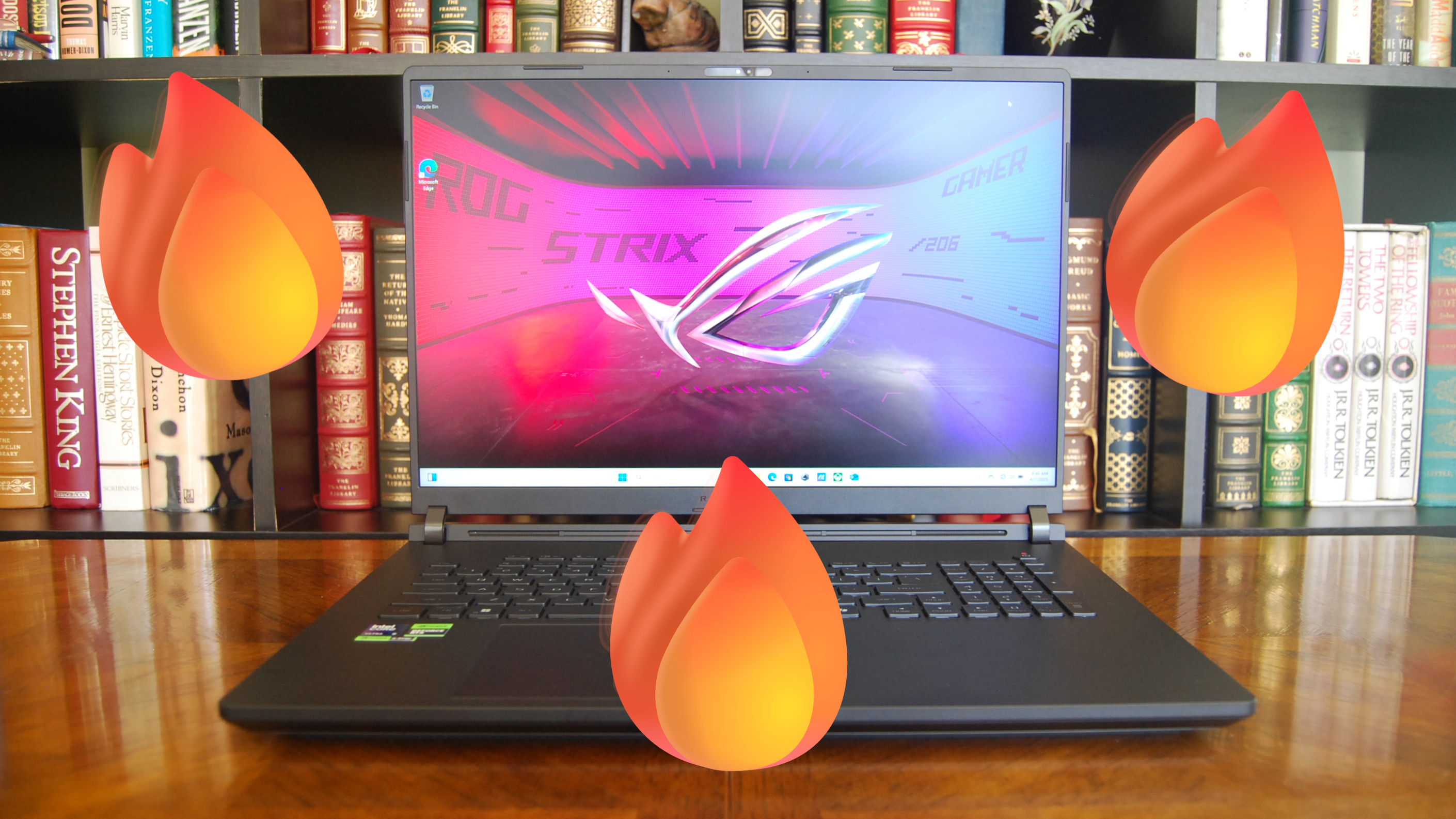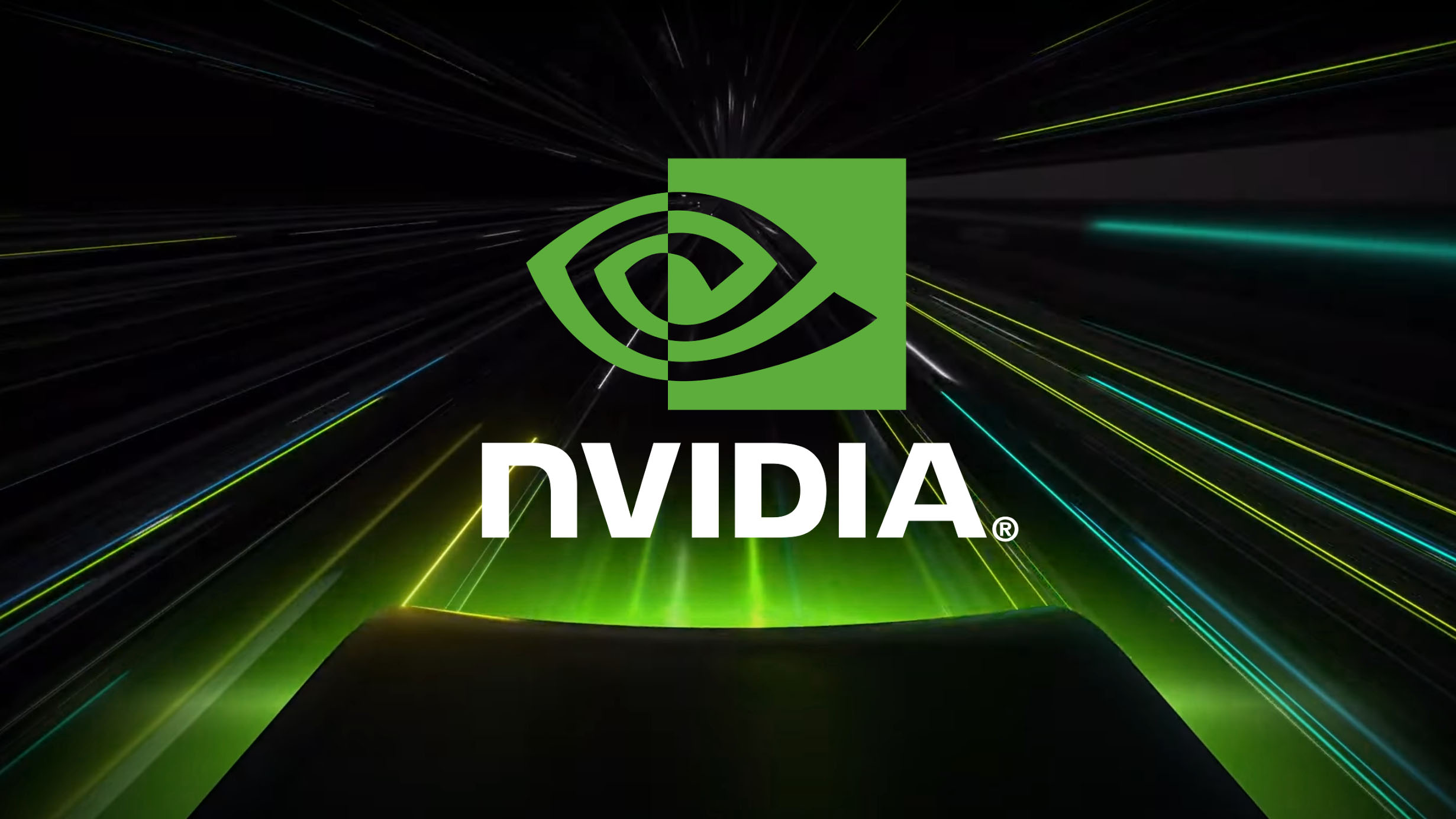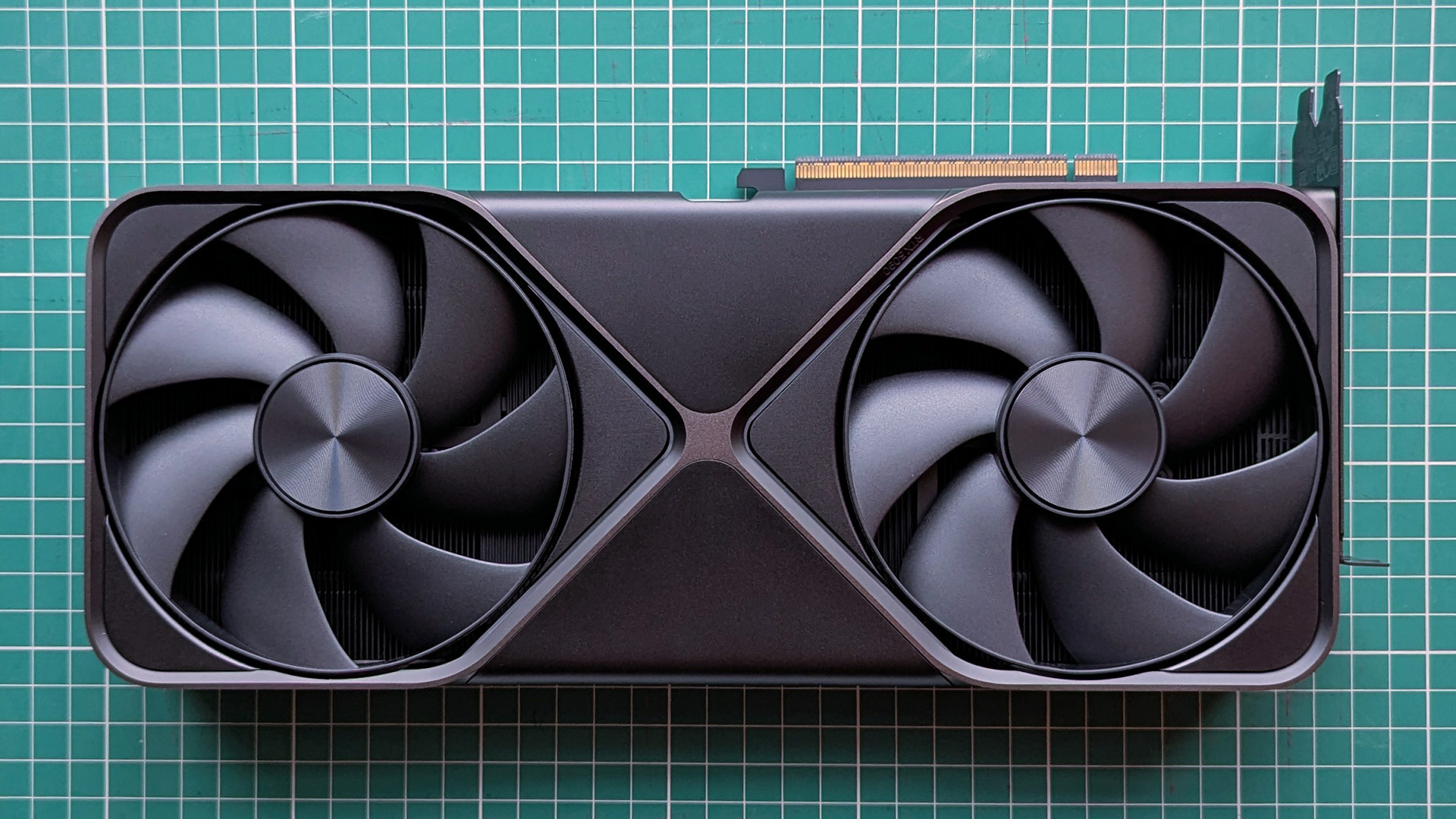
Upon receiving the ASUS ROG Strix SCAR 18 (G835L) gaming laptop to review earlier this year, it didn't take me long to discover that the NVIDIA RTX 5090 Laptop GPU inside wasn't performing as expected.
Or, maybe it was expected, depending on whether or not you work for NVIDIA.
In any case, seeing the RTX 5090 Laptop GPU perform so woefully in an 18-inch PC with a massive cooling system and plenty of space inside wasn't pleasant.
How bad was it? A Lenovo Legion Pro 7i (Gen 10) with an RTX 5080 Laptop GPU that we had in for testing at the same time was able to offer roughly the same FPS (within 5 - 10 frames) in titles like Cyberpunk 2077 and Forza Horizon 5, all for $1,000+ less.
That was with both mobile GPUs running at a 175W maximum TGP. To put it bluntly, the RTX 5090 Laptop GPU is a terrible value for gamers.
Does it really have to be this way? A recent video from Youtuber GizmoSlipTech demonstrates that the mobile RTX 5090 has a whole lot more power available; it's just hidden away behind power allowances.
What does a mobile RTX 5090 look like at 250W compared to 175W?

To push the mobile RTX 5090 beyond its 175W power ceiling, GizmoSlipTech had to "shunt mod" the card. I explain below what this is and why you should probably avoid it unless you have a ton of experience tinkering with PC components.
All the latest news, reviews, and guides for Windows and Xbox diehards.
Nevertheless, with a shunt mod in place, the mobile RTX 5090 in an Eluktronics Hydroc 16 G2 laptop was able to run stably at about 75W more than intended, pushing it up to 250W.
In 3DMark Time Spy, this allowed the RTX 5090 Laptop GPU to hit a 33,056 score. To compare, other RTX 5090 laptops without shunt mods running at 175W were only able to hit a score of about 24,868. That's about a 27% difference in performance.
Moving on to 3DMark Steel Nomad, the difference between the shunt-modded mobile RTX 5090 and the stock 175W 5090 grows to 41%. That's a massive difference that demonstrates just how much power is being left behind due to NVIDIA's restrictions.
GizmoSlipsTech also gets into specific game testing, and the results are more of the same in favor of the overpowered RTX 5090.
In Black Myth: Wukong, there's a 23.3% difference between the 175W RTX 5090 and a 250W RTX 5090 with adjusted clock speeds for the shunt.
In Hogwarts Legacy, the shunted RTX 5090 with optimized clock speeds climbs to 14.2% faster but also gets 16.4% hotter.
Rainbow Six: Siege sees a 20.4% improvement on the shunted RTX 5090, Shadow of the Tomb Raider climbs by a smaller 8.2%, and The Witcher 3 sees a massive 29.7% improvement with a 23.2% increase in heat.
Eluktronics and XMG respond to requests for NVIDIA to raise power limits
GizmoSlipTech wraps up their video with a plea to NVIDIA regarding higher power limits. Why not allow mobile GPUs to run at a higher power draw when the same chips are blowing past 325W in desktop configurations?
Why not make the most of recent advances in laptop cooling? Why not allow individual companies to (safely) configure NVIDIA GPU power draw based on specific supporting hardware?
What is perhaps most surprising about this shunt modding exposé is the responses from both Eluktronics (the maker of the laptop used for testing) and XMG, another brand of laptop referenced in the video.
According to the Eluktronics Youtube account:
"For several years, we have been actively seeking approval from Nvidia to allow manufacturers to define GPU wattage parameters independently. In the past, mobile systems required larger and thicker chassis designs to support GPU wattages exceeding 200 watts. However, this is no longer the case. Advancements in system engineering including thermal interface designs and our liquid cooling solutions have significantly improved power and heat dissipation capabilities in mobile platforms.
"With each new generation of desktop graphics hardware, Nvidia has raised the wattage ceiling to unlock higher levels of performance. Mobile graphics hardware requires the same consideration to fully realize its potential. The limitations are thankfully becoming increasingly apparent, especially with the 50xx series.
"If approval is granted, we are fully prepared and excited to demonstrate what modern mobile GPUs are capable of achieving. This would represent a major step toward closing the performance gap between mobile and desktop graphics solutions. Isn’t it time laptops delivered the kind of performance that truly justifies an upgrade?"
This is a rather damning response from a massive PC maker, and I don't doubt that other big names have also lobbied NVIDIA for more control over GPU power.
NVIDIA doesn't have any competition from AMD or Intel when it comes to the RTX 5090, so it's not like it's being pressured from the outside to raise power levels to keep up with other hardware.
Overall, it's a frustrating situation for buyers. The RTX 5090 is one of the most expensive pieces of hardware you can select in a modern gaming laptop, and the fact that it's potentially missing out on an extra 40% performance due to unecessary restrictions needs to change.
What is shunt modding and why should you NOT do it yourself?
As is explained in the video, the RTX 5090 Laptop GPU doesn't use the same GB202 chip as the desktop version. Instead, it uses the GB203 chip, which is also found in the desktop and laptop versions of the RTX 5080.
The desktop RTX 5080, because of its much higher power allowances, can overclock beyond 400W but usually sits at a 325W base.
These numbers begin to show where the performance disparity comes from, and why adding more power can create so much more performance potential.
So, what is shunt modding? It's a physical change made to a device that allows it to run at higher power levels or a higher clock than normal.
In the case of the mobile RTX 5090, GizmoSlipTech has tricked it into running at a higher wattage by replacing a physical resistor inside the GPU. While the GPU (and monitoring software) think it's still running at 175W, it's actually running at 250W without tripping any alarms or safeguards.
Not only do you need to know which resistor needs to be replaced, you also need to be able to replace it properly. On the software side, you must have the know-how to make the power curve match up to the physical modification.
As I mentioned above, shunt modding isn't something I recommend you try on your own. Don't say I didn't warn you!

Cale Hunt brings to Windows Central more than nine years of experience writing about laptops, PCs, accessories, games, and beyond. If it runs Windows or in some way complements the hardware, there’s a good chance he knows about it, has written about it, or is already busy testing it.
You must confirm your public display name before commenting
Please logout and then login again, you will then be prompted to enter your display name.


